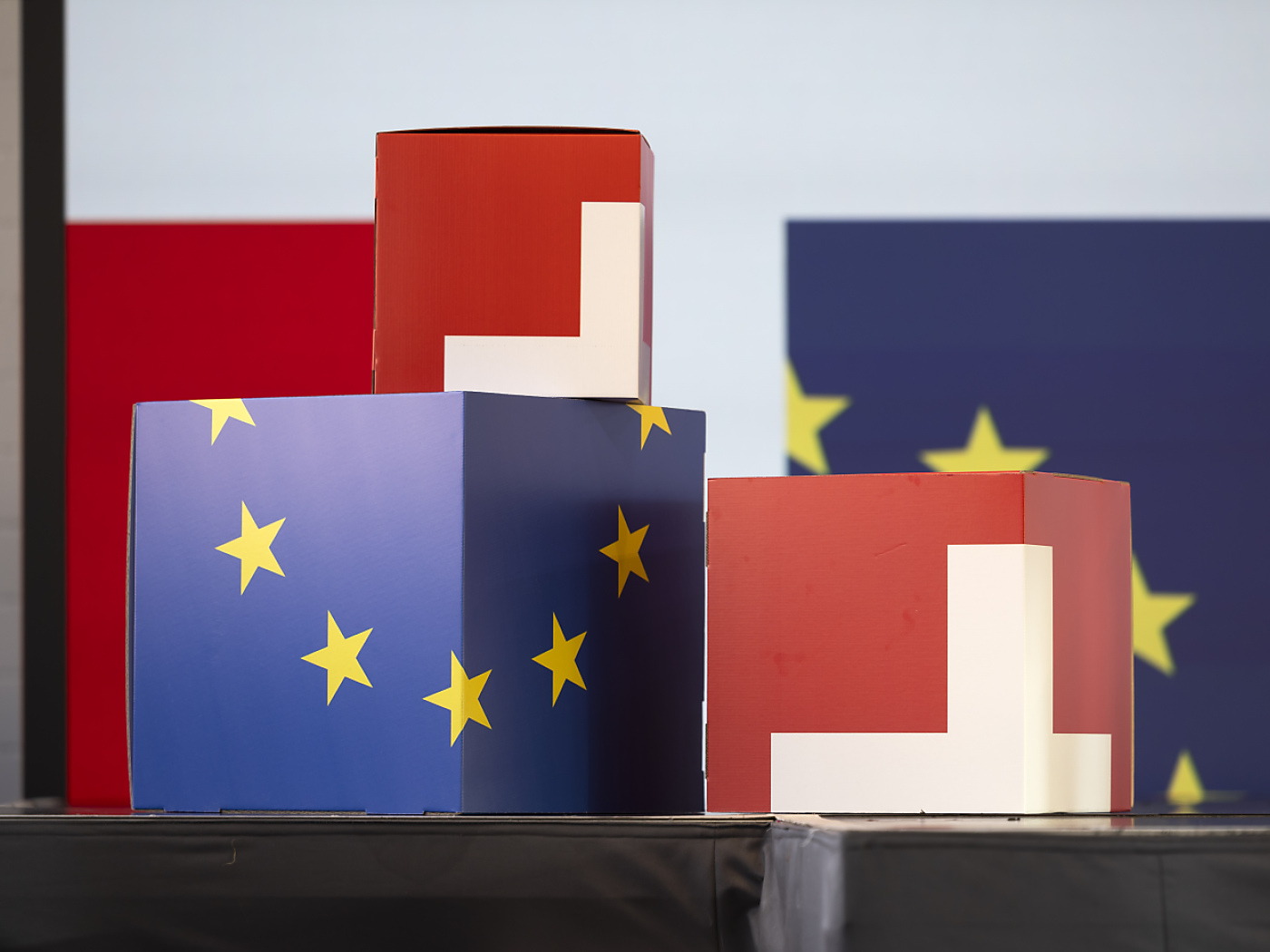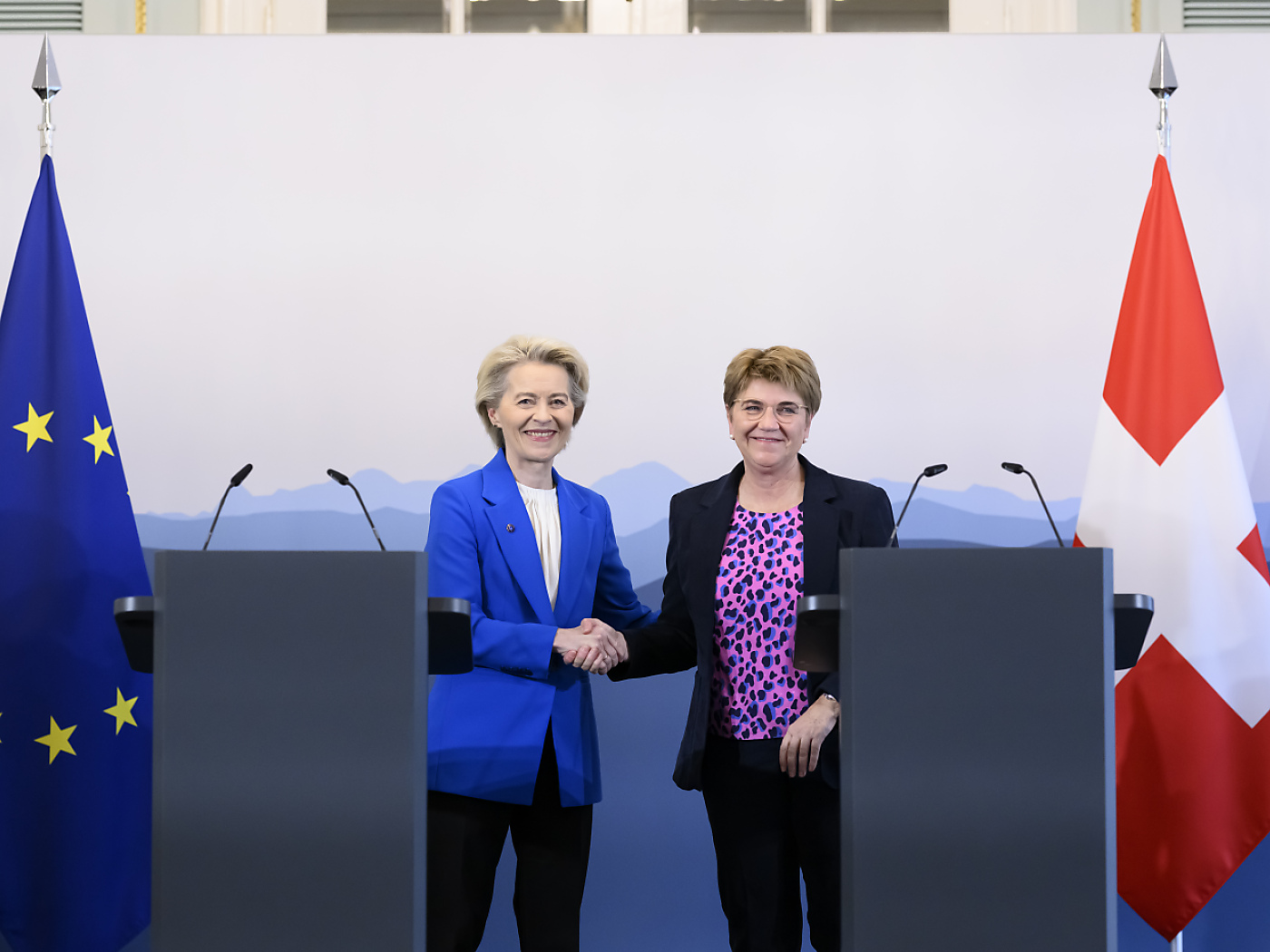How the curse of the quorum poisoned democracy
Last Sunday was a wonderful day for sun-thirsty residents of Northern Europe. A green and blooming Rome seemed to embrace everyone with its romantic charm. Crowds gathered at newly opened gelato stands, which seemed to shoot out of the fertile ground. Blues skies and temperatures around 28C (82F) were the finishing touches on a perfect day…or almost perfect, as it turned out later that night.
Over the last 20 years, Italians have been able to decide directly on 31 nationwide laws. But in 27 cases, including the recent referendum on oil drilling, their votes were simply invalidated by the undemocratic application of a quorum.
I made the trip to Italy not for the warm temperatures or the delicious ice cream. I was there to observe the 31st popular referendum on a nationwide law approved by the Italian parliament in just 20 years.
Over the last two decades, Italy has made many efforts to become a more modern, stable, and efficient country. It has tried to become a country that does not just look back on its great history – similar to Greece – but that also has the potential to innovate and influence a whole continent with promising ideas.
Berlusconi’s blueprint
The referendum dealt with the future of oil drilling along the sensitive Mediterranean coastlines, and from the very outset, it offered great opportunities. In environmental and energy issues, Italy taken a progressive stand even at the global level by not allowing unsustainable nuclear plants to replace fossil fuel sources. In addition, in 2011, Italians voted against a far-ranging move to privatise public water resources.
As well as guaranteeing access to water as a right, the vote marked the beginning of the end for the highly problematic regime of billionaire showman Silvio Berlusconi.
It was the 80-year-old right-wing prime minister who managed to turn the so-called “turnout quorum” from just one feature in the Italian constitution into an efficient weapon against people power. Berlusconi did everything in his power as a leading politician, and as the main owner of Italy’s private TV channels, to discourage people from participating in referendum votes. In the process, he convinced people to invalidate the entire electoral exercise of over 50 million citizens.
Renzi continues the battle against the people
According to article 75 of the Italian constitution, a law approved by both chambers of the Italian parliament must be put to a popular vote if at least 500,000 citizens or five regional councils ask for it. However, the subsequent popular vote is only valid – independently of whether a majority says yes or no – if at least “half of the members in the electoral list” participate in the vote.
What at first could be interpreted as a reasonable requirement by the constitution to get a good turnout in fact threatens democracy as such – not just in Italy, but also everywhere with similar requirements.
When more than 50 million Italians – both within the country (47 million) and abroad (3 million) were called upon to decide on the future of oil drilling on April 17, it was yet another example of how the quorum has become the curse of democracy in “Bella Italia”.
As soon as Prime Minister Matteo Renzi of the centre-left democratic party understood that a popular vote on his plan to prolong oil drilling could not be avoided, he lined up a series of measures to make a sufficient turnout on April 17 unlikely.
Firstly, the vote was scheduled with short notice, and on just one day (as opposed to the usual practice of two voting days), without provision for advance, remote or postal voting. Secondly, the oil drilling referendum was scheduled separately from other popular votes (such as those coming up in June and October this year). Thirdly – and most controversially – the Prime Minister and some (but not all) of his supporters openly advised the Italians not to respect the very process of the popular vote – and to simply abstain from participating.
While forbidden by law, this practice has been used by Renzi’s predecessors as well. The result: no- and non-voters are counted together.
Napoleon did it in Switzerland – in 1802
Such tricks are well known throughout history, and in many rather undemocratic autocracies around the world. In fact, Napoleon Bonaparte tried once – back in 1802 – to unify Switzerland by a popular vote. In this case, non-participants were simply counted as being in support of the French emperor’s idea of a Swiss state. It did not work, and should not work in any country.
As an election and referendum observer around the world, I have seen how such turnout quorums have turned Belarus from democratic hopeful in the early 1990s, into one of Europe’s last dictatorships. I have seen how a regulation similar to Italy’s delayed democratic progress in Taiwan in the early 2010s.
I am rather depressed at how a mature democracy like Italy, in an almost masochistic manner, once again has fallen into the very same trap. After all, the April 17 vote violated even the principle of the “secrecy of the vote”, as only those on one side of the decision had to turn out actively.
In summary, this country invested more than €300 million ($340 million) in a serious electoral exercise, which was simultaneously openly attacked and undermined by its leading politicians. Almost 20 million Italians had to go to their own voting district (voting elsewhere is not permitted), knowing that most likely, their vote would simply be nullified. It is time to wake up, Bella Italia, and to abolish this quorum, which calls your potentially vibrant democracy into question.
The views expressed in this article are solely those of the authors, and do not necessarily reflect the views of swissinfo.ch.

In compliance with the JTI standards
More: SWI swissinfo.ch certified by the Journalism Trust Initiative










You can find an overview of ongoing debates with our journalists here . Please join us!
If you want to start a conversation about a topic raised in this article or want to report factual errors, email us at english@swissinfo.ch.